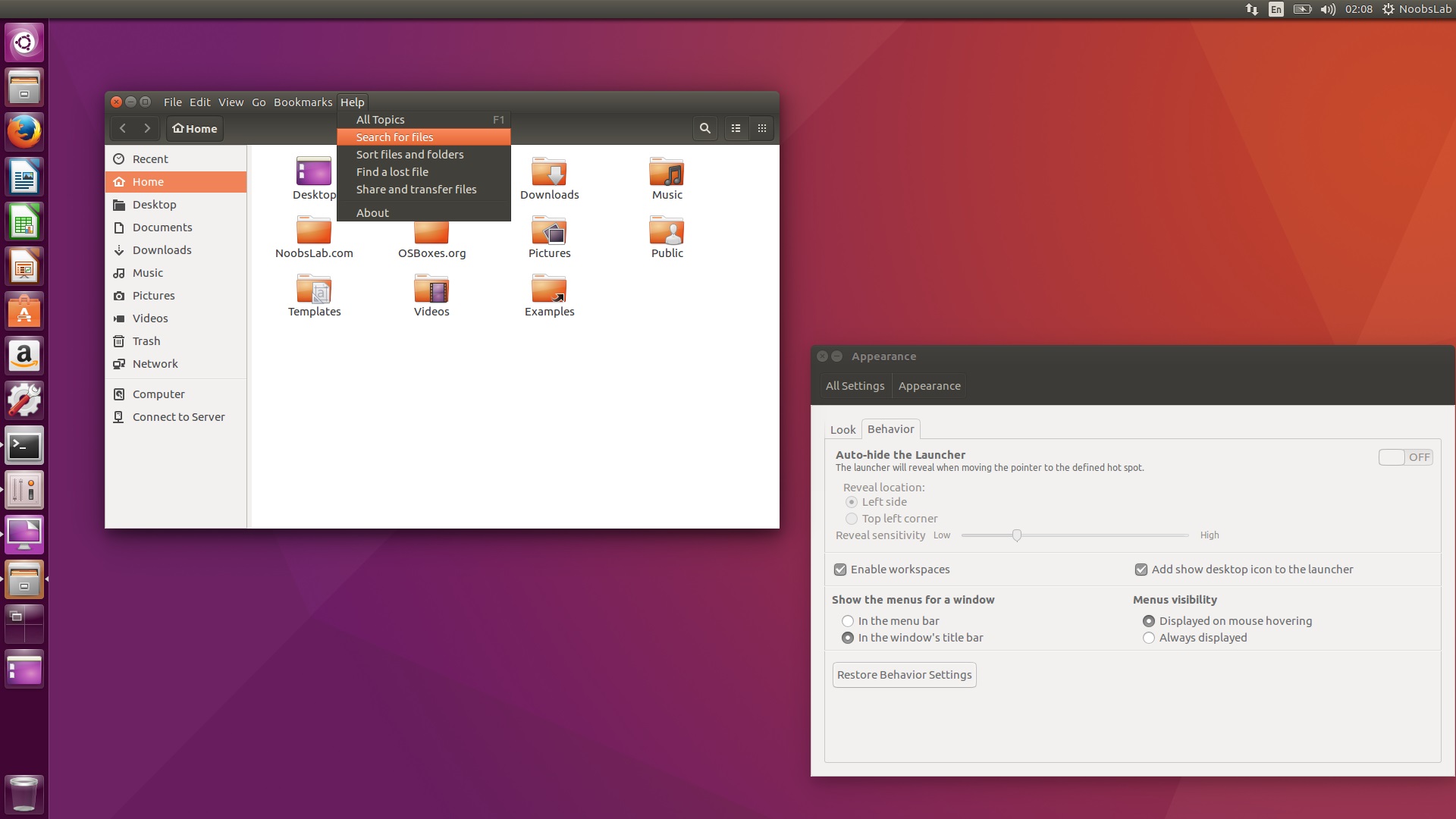
your computer):Īssuming your local user is called “localuser”, you will see output that looks like the following: To generate a new key pair, enter the following command at the terminal of your local machine (ie.

If you already have a key that you want to use, skip to the Copy the Public Key step. If you do not already have an SSH key pair, which consists of a public and private key, you need to generate one. Setting this up will increase the security of your server by requiring a private SSH key to log in. The next step in securing your server is to set up public key authentication for your new user. Step Four - Add Public Key Authentication (Recommended) If you want to increase the security of your server, follow the rest of the steps in this tutorial. Now your user can run commands with superuser privileges! For more information about how this works, check out this sudoers tutorial. By default, on Ubuntu 16.04, users who belong to the “sudo” group are allowed to use the sudo command.Īs root, run this command to add your new user to the sudo group (substitute the highlighted word with your new user): To add these privileges to our new user, we need to add the new user to the “sudo” group. This will allow our normal user to run commands with administrative privileges by putting the word sudo before each command. To avoid having to log out of our normal user and log back in as the root account, we can set up what is known as “superuser” or root privileges for our normal account. However, we may sometimes need to do administrative tasks. Now, we have a new user account with regular account privileges. This is not required and you can just hit ENTER in any field you wish to skip. You will be asked a few questions, starting with the account password.Įnter a strong password and, optionally, fill in any of the additional information if you would like. This example creates a new user called “sammy”, but you should replace it with a username that you like: Once you are logged in as root, we’re prepared to add the new user account that we will use to log in from now on. We’ll teach you how to gain increased privileges during the times when you need them. The next step is to set up an alternative user account with a reduced scope of influence for day-to-day work. This is because part of the power inherent with the root account is the ability to make very destructive changes, even by accident.

Because of the heightened privileges of the root account, you are actually discouraged from using it on a regular basis. The root user is the administrative user in a Linux environment that has very broad privileges. If it is your first time logging into the server with a password, you will also be prompted to change the root password. If you are not already connected to your server, go ahead and log in as the root user using the following command (substitute the highlighted word with your server’s public IP address):Ĭomplete the login process by accepting the warning about host authenticity, if it appears, then providing your root authentication (password or private key). If you have not already logged into your server, you may want to follow the first tutorial in this series, How to Connect to Your Droplet with SSH, which covers this process in detail. You will also need the password or, if you installed an SSH key for authentication, the private key for the “root” user’s account.

To log into your server, you will need to know your server’s public IP address. This will increase the security and usability of your server and will give you a solid foundation for subsequent actions. When you first create a new Ubuntu 16.04 server, there are a few configuration steps that you should take early on as part of the basic setup.


 0 kommentar(er)
0 kommentar(er)
